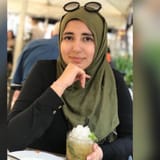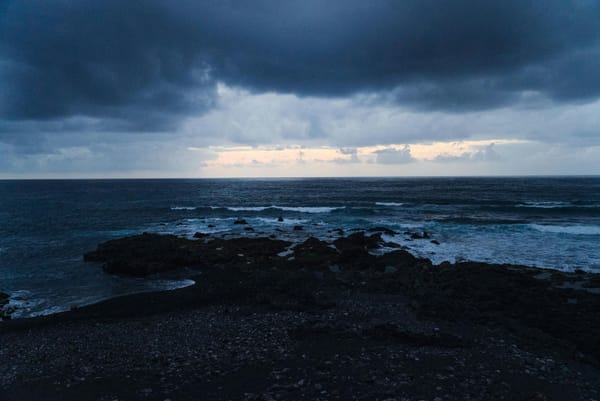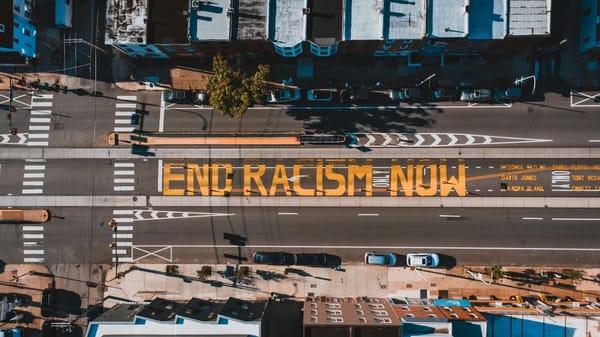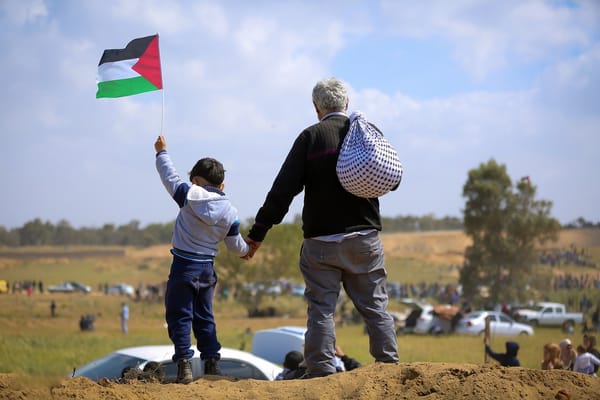Is Sustainable Fashion the Future in Pakistan?
Meet the women shaking the status quo of the fashion industry in Pakistan.
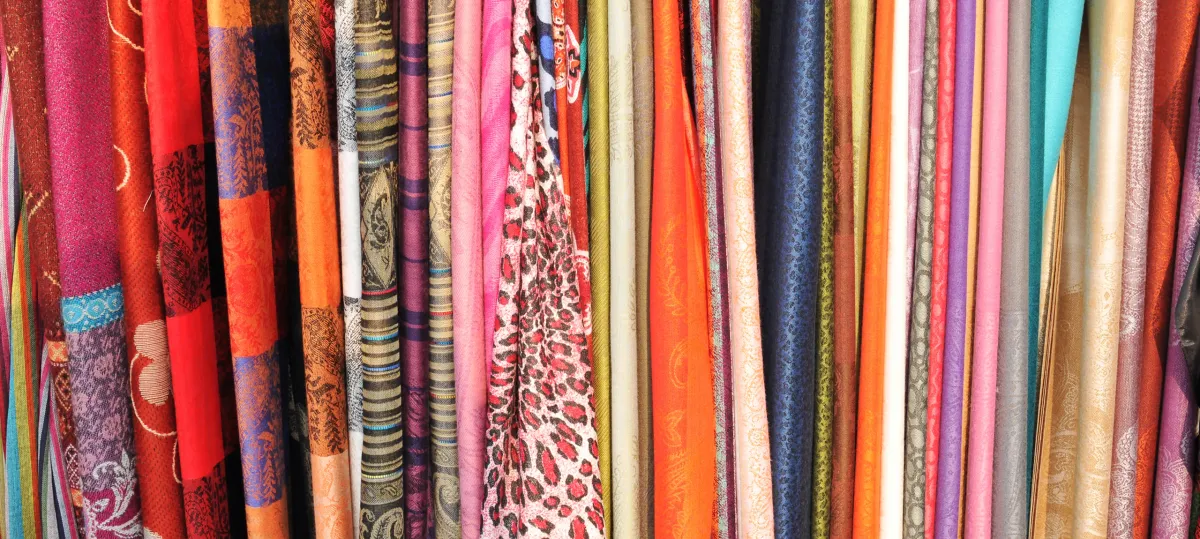
Access the Audio Read version of this article directly on Spotify for Podcasters.
Fashion may be part of our everyday lives, but not everyone realises the impact it will have on the world we leave behind. With current trends evolving at the pace they are today, the fashion industry will make up for a quarter of the world’s carbon budget by 2050. But despite conversations around sustainability and hard-hitting statistics like these, it still seems almost impossible to infiltrate the bubble that fast fashion has created. No matter where you are in the world, one thing remains common - the idea that fashion trends are ever-changing and that you have to be on top of them in order to feel included. But the climate crisis has never been worse, and the impending doom of making our planet inhabitable finally has people questioning the choices they make.
Enter Pakistan’s fashion industry, which is currently booming and buzzing with new ideas. The country has seen a rise and fall historically within the importance of fashion that has interestingly enough coincided with socio-political trends, and has started relying more on the global fashion scene only in the last 2 decades. In 2019, Pakistan was one of the 185 countries protesting against climate change, but it must be noted that textile is still the largest manufacturing industry of the country. Its retail industry is still talking way too much about the new (disposable) fashion staples that need to be in our wardrobes, and not enough about what kind of impact our style choices can have on the planet. Most people often see fast fashion as a cheap way to keep up with the times. But change might be on the way. Pakistan has a long history with long-lasting garments, and what needs to be better promoted in the Pakistani fashion industry is the idea of timeless pieces that stay relevant while standing the test of time. With the added bonus that in the long run, slow fashion choices end up being more cost effective. Traditional Pakistani fashion also relies heavily on intricate handmade outfits that are meant to be passed on from generation to generation. From styling your grandmother’s wedding dress your own way, to passing down embroidered shawls through generations, the culture of sustainable fashion has always existed in Pakistan.
Huma Adnan, the Creative Director of Craft Stories shared with me just how important these traditions are to her brand: “I always had the desire to see our craft pass from generation to generation reviving them as contemporary fashion. I believe in telling the stories of my country to the rest of the world via my creations, hence Pakistan has a strong connection with my design aesthetics”. Huma’s journey dates back to 2006 when she first worked with craftswomen from Dadu, Sindh to make jewellery for the brand, and she has since worked in collaboration with the UNHCR to work with Afghan refugee communities.
Huma also says that conscious buying is essential in today’s world, and while representing a commercial brand, she tries to connect with customers all over the world. Through these pieces, the brand connects people to the stories and lives of the artisans who created the piece they buy.
But in what Karvaan Crafts Foundation’s Strategic Communication and Learning Sharing Manager Mashal Khan describes as a disconnect between rural and urban lifestyles, it seems this art and legacy has been limited to small circles of rural women whose work is more often than not underpaid and underappreciated.
Karvaan Crafts Foundation seeks to change the way we perceive development, and brings gender equality at the heart of economic growth. They work with rural craftswomen who specialise in different craft forms and create unique products. Mashal shares how Karvaan works towards changing perceptions of these women amongst urban youth who often have set perceptions about rural women by holding workshops in universities across the country. More importantly, Karvaan aims to provide the tools and skills these women need to turn their craft into a business.
“The pandemic made us switch from field work to digital. I used to help take pictures of their products but now we had to teach these women to use smartphones to take their own pictures and move towards an online exhibition, which also became a form of learning for them”, Mashal adds.
The re-popularising of local crafts through channels like Karvaan has allowed artisans to go beyond their small communities and be part of a fashion industry that takes responsibility for its impact. In this industry, customers are as important as the creators, which is why responsibility also falls on brands to bring such mindsets to the mainstream.
In many ways, customers are the ones shaping where the industry goes. The Pink Tree Company was one of the first brands to come onto the Pakistani women’s sustainable fashion scene, and Creative Director Mohsin Sayeed credits his loyal clientele for the success of the brand. “We are very lucky, because we are not a mass fashion company, so our clientele was already looking for such brands. They are interested in finding out what’s happening behind the scenes” he said. But the problem is that despite being loyal, the number of this category of customers remains small and the lack of mass demand has stopped new brands from moving to sustainable ethical fashion.
“I’ve been seeing the same names in sustainable fashion for so long,” says Amneh Sheikh, founder of Polly and Other Stories. But despite the struggle in increasing their clientele, Amneh is determined to stick to what she believes in. “We are on a journey, and we work with the community. We often storyboard ideas with them.” she says of the creative process. While Amneh says she is mindful of letting the artisans maintain originality in the process, they can often resist suggestions for designs that better fit urban markets. “However, it seems easier to work with our women artisans. It’s much more collaborative and we often form bonds with them, eating with them, having chai and playing with their children” she adds.
This trend of women being at the forefront of the work isn’t limited to Amneh’s experience alone. Even Mohsin credits his inspiration to the timeless designs he and his partner grew up seeing their mothers and grandmothers wearing. But despite the nostalgia slow fashion initiatives may invoke, there’s still a long way to go before it becomes a commercial part of women’s fashion in Pakistan. It’s not enough to wait for someone else to take the next step, and the sustainability-forward women artisans of Pakistan are making sure they are part of the change. Huma truly believes that sustainable fashion is the future. “We must think differently in terms of creativity by considering a fashion industry that is no longer subject to the uncertainties of moods and trends,” she says. If there’s one thing this year has taught us, it’s that something needs to change in the culture of waste, and it’s increasingly clear that our fashion choices are one of them. And to see Pakistani fashion going back to its roots in the process is truly beautiful.

